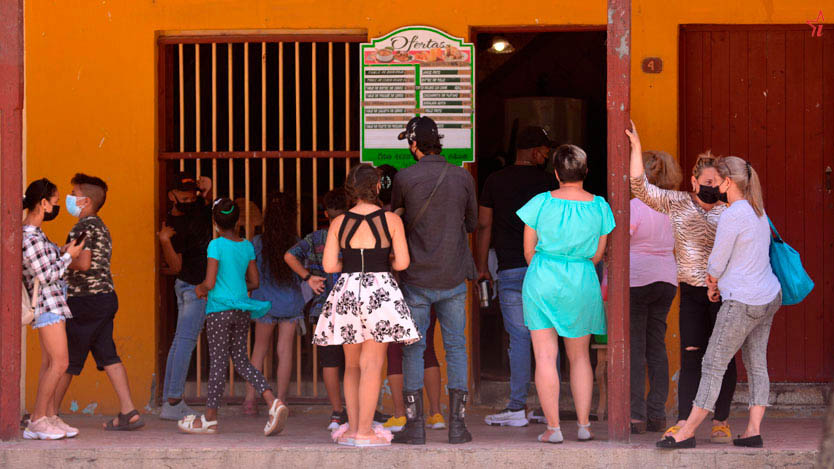
Around 480 homes will be visited in Ciego de Ávila by pollsters from the National Office of Statistics and Information (ONEI) who carry out the National Survey on the Economic Situation of Households (ESEH). This investigation began on October 16 and will run until November 26.
The households where the questionnaires will be applied are located in urban areas, mainly in the provincial capital. As explained by Xiomara Villegas Griñán and Nurys Varela Marín, in charge of Demography, Census and Surveys at the ONEI of the municipality of Ciego de Ávila, they plan to visit 318 homes, located in 30 districts, 26 of them in the city, three in the town of Ceballos and one in Jicotea.
The survey is developed by enumerators and supervisors who, for the most part, have worked in the application of similar studies. As published, this research aims to find out the economic situation of households, their income and expenses, in addition to the occupation of their members; data that provide socioeconomic characteristics of the population of the country and its territories.

According to Magalis Abreus González, institutional communicator of the ONEI in Ciego de Ávila, the information provided by the person to the interviewer is confidential, so it cannot be disclosed and will only be used for the purpose of preparing statistical aggregates. People have the right to participate or not.
Houses and residents were selected randomly, using statistical-mathematical methods and based on the cartographic information available in the National Office of Statistics and Information.
Joel Granda, a specialist in the Department of Social Studies and Applied Mathematics of the ONEI Center for Population and Development Studies, told the Tribuna de La Habana newspaper that “this survey has been carried out since 1996, although with the current format, that is, , independently, for 10 years”. Before, it was carried out in conjunction with the National Occupation Survey.
The expert assured that the information collected will allow not only to know the current economic situation of the Cuban population, but also for the monitoring of national public policies and the transformation of the socioeconomic model.

What do they ask in the ESEH?
The survey has three models for capturing information, as explained in the cited article from Tribuna de La Habana.
1. Data of the person. It consists of 47 questions and collects data on general characteristics of the population: sex, age, skin color, educational level, marital or marital status. It also includes questions related to economic characteristics, fundamentally, if the person surveyed is a worker, in what sector; if she is unemployed or retired. Likewise, the amount of all the income declared by the interviewee is captured, it can be from work, pensions, social assistance, remittances, sale or rental of property owned by them, loans received, bank loans, help from relatives or friends in Cuba, trips abroad, and, lastly, information referring to Health and Education services received by the population.
2. Household notebook. The head of the family writes down the daily expenses incurred during seven days of the week, as well as the products produced for the household's own consumption, which is called self-consumption, as well as those with which they carry out some exchange or barter for another item.
3. Characteristics of the home and household expenses. It first has a 15-question module on the characteristics of the dwelling and its equipment, then, with an opinion module of six questions and, finally, the monthly and annual expenses incurred by the household are captured.
3.1. The opinion module is a set of six questions that collect the opinion and assessment of household members about their economic situation and that of their households. They are focused on measuring their sufficiency to cover expenses with regular income, the way to solve the difference between income and expenses in case of not covering the latter. In addition, it measures household satisfaction in a set of basic needs such as food, clothing and footwear, housing condition, water supply, cooking fuel, education, health and transportation, among others.
